Filter by Type
Filter by Category
Filter by Size
Filter by Year
Artists
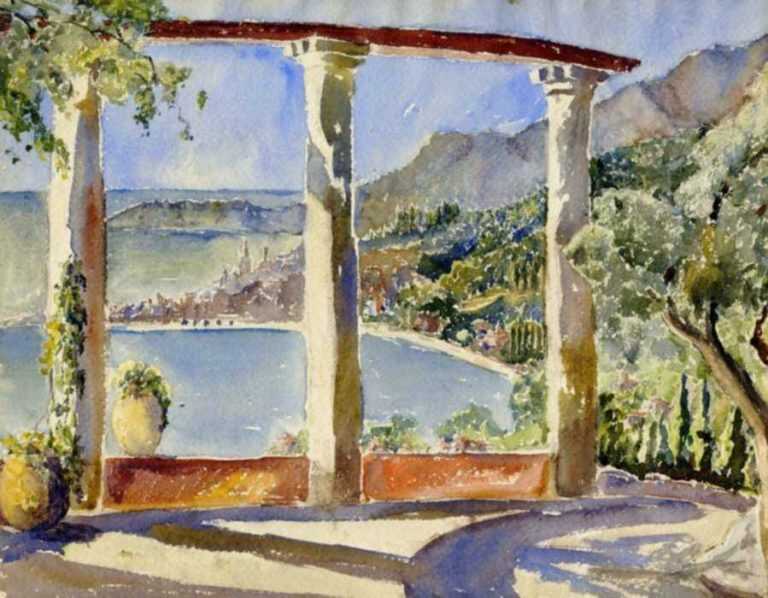
Florence Robinson
American (1874-1937)
Florence Robinson, born in the Boston area in 1874, made her way as an independent woman and painter, even in the face of family disapprobation. Her earliest known one-man show, at the distinguished gallery of Williams & Everett in Boston, already proved she had traveled extensively in Europe just by noting the subjects: France, Spain, Venice—and perhaps, more shockingly—Algiers in North Africa. She was 17 when it opened in January of 1892 with 47 watercolors. The show must have been a success because her dealers had additional one-man shows in 1893,1895 and 1896. Her very first exhibition included at least 11 Venetian views, although her training in Europe was based in Paris where she studied with Pierre Vignal, Henri Harpignies, and Dagnan Bouveret. She is also said to have studied with Whistler. In 1892 she began her salon exhibition career at the Boston Art Club and followed that by exhibiting at the Pennsylvania Academy, the Paris Salon, the Art Institute of Chicago, and the Royal Academy London.
Over the next 45 years, until her death in 1937, Robinson painted and exhibited watercolors of New England, Holland, Spain, and Belgium; but it was to France and Italy—and especially Venice that Robinson returned to ply her art year after year. From 1907 to 1915 she held a series of exhibitions at the Gallery of Charles E. Cobb in Boston, and in the 1920s she exhibited at the Brown Robertson Galleries and J. H. Strauss Gallery in New York. At the time of her death the Museum of Fine Arts Boston and the Brooklyn Museum represented her work in their collections. Her Street Scene in Venice is in the Fogg Art Museum at Harvard. The distinguished Boston painter and teacher, Philip Hale, wrote in the Boston Herald about 1910:
"Miss Robinson has at least two qualities which distinguish her work from that of many modern watercolorists. She draws well—as far as landscape and architectural drawings are concerned; and she knows how to avail herself of some of the distinguishing qualities of watercolor painting so as to gain brilliancy of effect… There is something quite original about In Front of the Salute, Venice … In a Roman Garden is a sunny affair. Miss Robinson gets her sunlight by drawing the light and shade carefully and studying the values rather than by impressionistic devices."
Her watercolors of Rome, Venice, Verona, Ravello, Capri, Pompeii, and Perugia as well as Italian gardens to show the consistency of quality and vision of Robinson’s watercolor over nearly 45 years.
Works by Florence Robinson
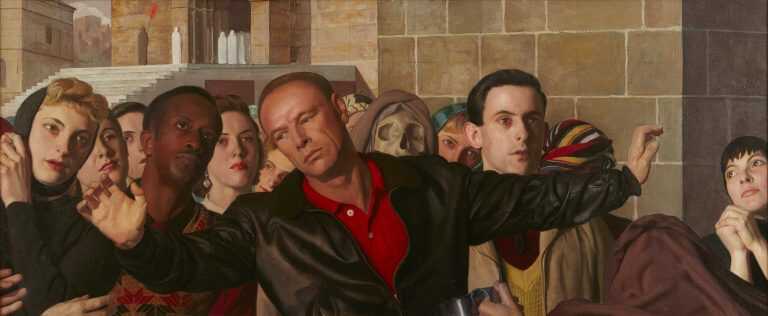
R.H. Ives Gammell
American (1893-1981)
Gammell was born in 1893 in Providence, RI, and educated at home until he went to the Groton School in 1905. He graduated in 1911 and went on to the School of the Museum of Fine Arts in Boston where he studied from 1911-1913. Gammell knew that he wanted to be a painter from early childhood and thus studied privately with William Sergeant Kendall until he went to the Museum School where he studied with Hale, Tarbell, Benson, DeCamp, and Paxton. He studied with Charles W. Hawthorne, in Provincetown, Massachusetts, during the summers of 1912 and 1913.
Young Gammell was fascinated by the work of the great Renaissance decorative masters and wanted desperately to paint pictures that would convey the emotional and intellectual aspects of life, which he found compelling. Unfortunately, there were very few teachers of painting who understood the problems that interested Gammell and, by his own admission, he was not always willing or able to understand what they had to teach him. Most teachers were interested in helping their students see nature as it existed and then teaching them how to render the look of light falling across three dimensional forms. Few understood Gammell's vision, and none were prepared to help him paint the images that he so vividly imagined.
In the fall of 1913 Gammell went to Paris where he studied at the Atelier Baschet with criticisms given by Henri Royer and William Laparra. Kendall had given Gammell an introduction to Pierre Cornillier, a former pupil of Luc Olivier Merson; he studied privately with him over the winter. There is evidence that Gammell took side trips to Italy, Florence, Venice, and Spain.
Returning to Boston with the outbreak of World War I, Gammell re-entered the Museum School but was not satisfied with Frederic Bosley as a teacher. He began to receive criticism directly from William Paxton and continued, alternating between Paxton and Hawthorne, during the summer of 1915.
In June of 1916 Gammell enlisted in the Massachusetts National Guard. His military service brought him to the Mexican Border and to Europe, after his unit was Federalized. He remained in the service, in Paris, through the first half of 1919.
Works by Gammell during the second decade of the 20th century are sketches of pictorial concepts which he held for future reference. They may have been copies of existing work, done in various museums and churches, or they may be original designs meant for further development at a later date.
During the 1920s Gammell did portraits and mural decorations. He considered the decorations to be essentially a form of training necessary before he could paint the heroic allegories and imaginative paintings which he had in mind. He was commissioned to do decorations for private houses as well as for public buildings. He was apparently well paid for his efforts which testifies to both his professionalism and to the satisfaction of his clients.
By the end of the 1920s, however, Gammell was frustrated because he realized that the limitations imposed by his poor drawing ability and weak sense of composition and design were keeping him from painting the pictures of his imagination. To remedy these deficiencies he gave up his commercial work and began a virtual apprenticeship with Paxton. Gammell's close association with Paxton continued until the Paxton's death in 1941. During the winter the two drew together from the model, later including Gammell's student George Melnik and occasionally his assistant, Ted Valsam. After returning from an extensive painting trip to Europe and the Middle East in the spring of 1930, Gammell began to paint his allegories. In some cases, figure groupings in the paintings of the decade are prefigured in earlier sketches.
Gammell had turned down portrait work in the early 1930s so as to be able to give his full concentration to his imaginative paintings. As the Depression deepened, however, he needed some source of regular income. The market for mural decorations had all but dried up and he hit upon the idea of designing and making table screens which could be sold at reasonable prices while still giving him the decorative and compositional challenges of mural work. The numerous screen studies were done from 1933 until 1938 and represent design experiments intended for further development. It is not clear how many screens were actually completed. The studies are interesting because they document the working of Gammell's mind and demonstrate an aspect of his artistic evolution.
Gammell continued to paint and to teach students until his death in 1981. He considered his 23 panel sequence based on Francis Thompson's poem "The Hound of Heaven" to be his most important work. He wrote and published three books, as well as numerous unpublished manuscripts.
-Elizabeth Ives Gammel
Works by R.H. Ives Gammell
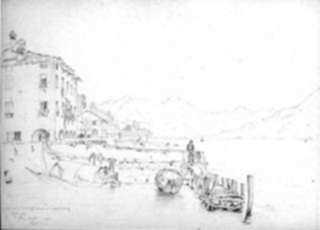
William Callow
British (1812-1908)
Born at Greenwich, London, 28 July 1812. At eleven, he entered the studio of Theodore Fielding (1781-1851). In 1829 he went to Paris where he worked with Newton Fielding (1799-1856) and, in 1831, he shared a studio there with Thomas Shotter Boys. He exhibited regularly at the Salon and for a time taught drawing to the children of King Louis-Philippe. Between 1835 and 1862 he made a series of walking tours in central and southern Europe. London became his base once more, until he settled at Great Missenden, Buckinghamshire, in 1855. He exhibited regularly with the Old Water-Colour Society (he became an Associate in 1838 and a Member ten years later). He also exhibited twenty-nine works at the Royal Academy from 1850 to 1876, which were mainly landscapes of scenes from throughout Europe.
Source: "Town, Country, Shore and Sea," Fitzwilliam Museum, Cambridge; 1982 exhibition catalogue.
Works by William Callow
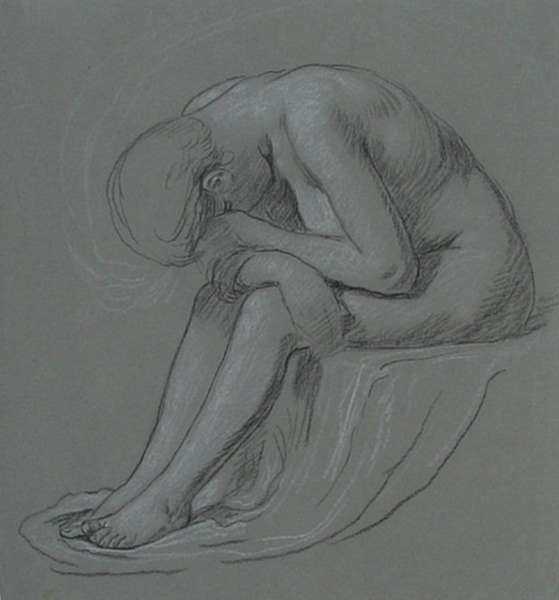
Elihu Vedder
American, 1836-1923
Born in New York City, he studied in upstate New York with Tompkins Harrison Matteson. In 1856, he went to Paris and to Italy, returning to New York in 1861. In 1866, Vedder returned to Italy to reside in Rome permanently, paying an occasional visit to America. Vedder's work in Italy remained allegorical and symbolistic. Participating in the revival of mural painting at the end of the century, he painted murals at Bowdoin College in 1894 and in the Library of Congress in 1896-7. His easel paintings are represented in the Smithsonian American Art Museum, Metropolitan Museum of Art, Carnegie Institute, Museum of Fine Arts Boston, Art Institute of Chicago, Baltimore Museum of Art, Rhode Island School of Design Museum of Art, Corcoran Gallery, Fine Arts Museum of San Francisco, Los Angeles County Museum and the Worcester Art Museum.

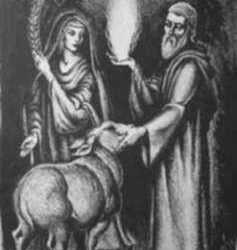
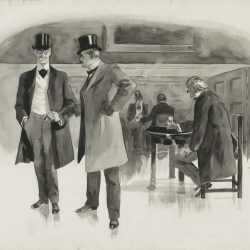

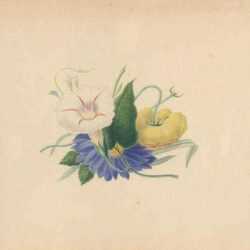
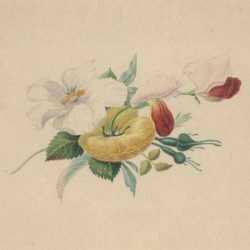
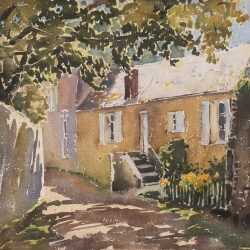
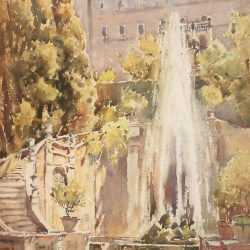
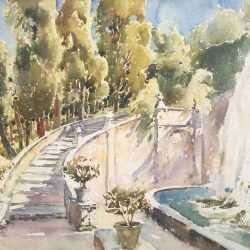
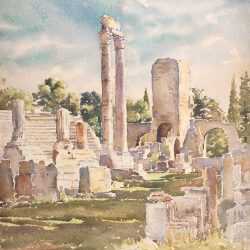
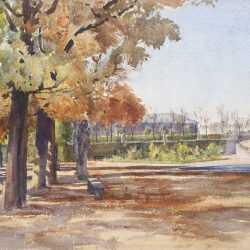
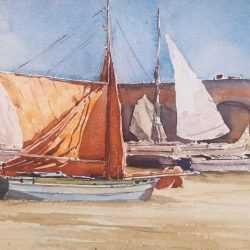
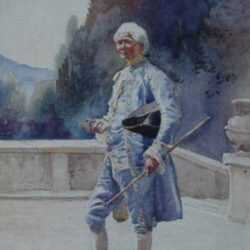
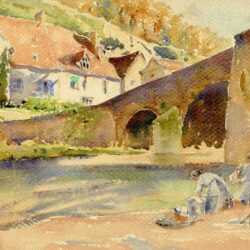
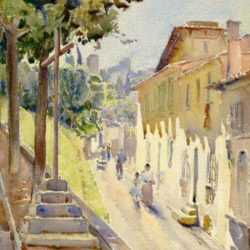
![Watercolor by Florence Robinson: [Garden Path], represented by Childs Gallery](https://childsgallery.com/wp-content/uploads/florence_robinson__garden_path__16-06-50_childs_gallery-250x250.jpg)
![Watercolor by Florence Robinson: [House and Gardens], represented by Childs Gallery](https://childsgallery.com/wp-content/uploads/florence_robinson__house_and_gardens__16-06-53_childs_gallery-250x250.jpg)
![Watercolor by Florence Robinson: [Landscape with Colonnade], represented by Childs Gallery](https://childsgallery.com/wp-content/uploads/florence_robinson__landscape_with_colonnade__16-06-33_childs_gallery-1-250x250.jpg)
![Painting by R.H. Ives Gammell: [Figure between Trees], available at Childs Gallery, Boston](https://childsgallery.com/wp-content/uploads/r.h.-ives-gammell_figure-between-trees_23-04-01_childs_gallery-250x250.jpg)
![Drawing by R.H. Ives Gammell: [Seated Nude Male], available at Childs Gallery, Boston](https://childsgallery.com/wp-content/uploads/r.h.-ives-gammell_seated-nude-male_23-04-04_childs_gallery-250x250.jpg)
![Painting by R.H. Ives Gammell: [Clouds Across the Valley], available at Childs Gallery, Boston](https://childsgallery.com/wp-content/uploads/r.h.-ives-gammell_clouds-across-the-valley_23-04-03_childs_gallery-250x250.jpg)
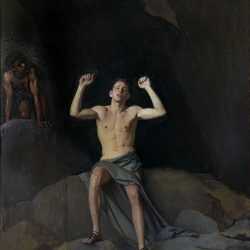
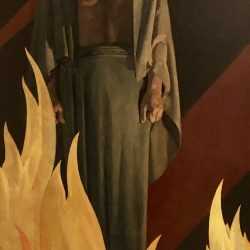

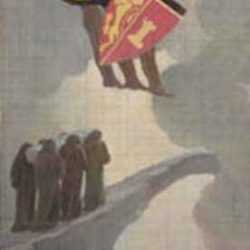
![Drawing by R.H. Ives Gammell: [Leda and the Swan], available at Childs Gallery, Boston](https://childsgallery.com/wp-content/uploads/r.h.-ives-gammell_leda-and-the-swan_childs_gallery_16346-250x250.jpg)
![Drawing by R.H. Ives Gammell: [Venus Rising], Study for The Hound of the Heavens, Panel XI, represented by Childs Gallery](https://childsgallery.com/wp-content/uploads/r.h._ives_gammell__venus_rising___study_for_the__cgl57826-03_childs_gallery-250x250.jpg)

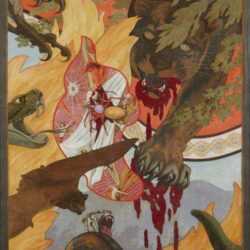
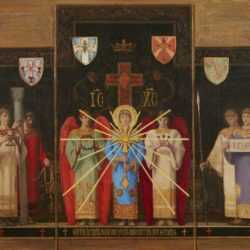
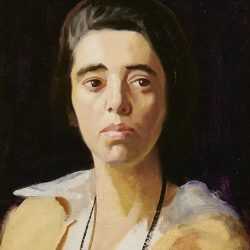
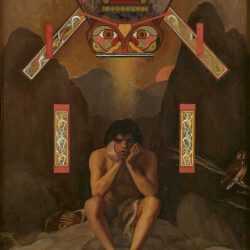
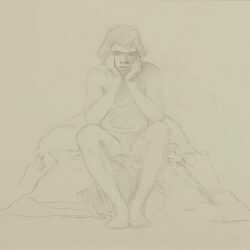

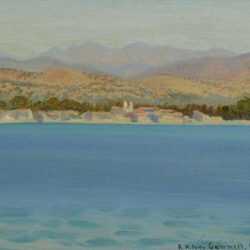
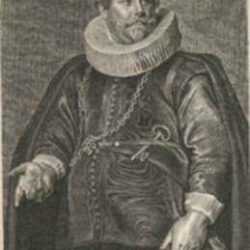
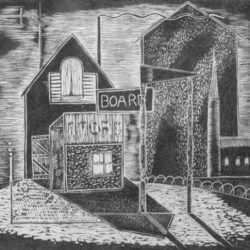
![Drawing by William Callow: Cadenabbia [Lake Como opposite Bellagio, Italy], represented by Childs Gallery](https://childsgallery.com/wp-content/uploads/william_callow_cadenabbia__lake_como_opposite_cgl40135-1_childs_gallery-1-250x230.jpg)
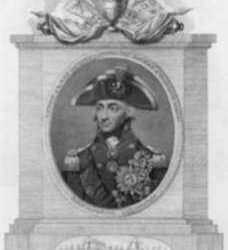
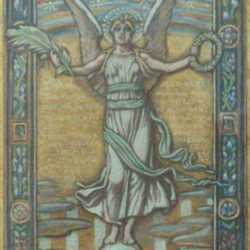

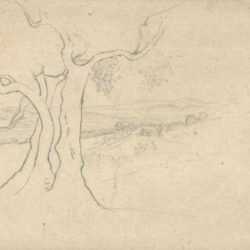
![Drawing by Elihu Vedder: [Steep Cliff over Valley], represented by Childs Gallery](https://childsgallery.com/wp-content/uploads/elihu_vedder__steep_cliff_over_valley__cgl56498-19_childs_gallery-250x250.jpg)
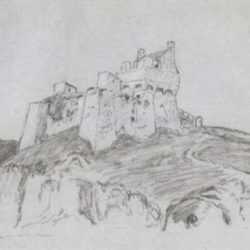
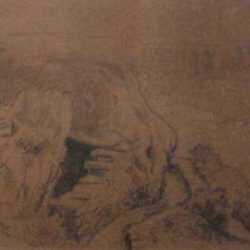
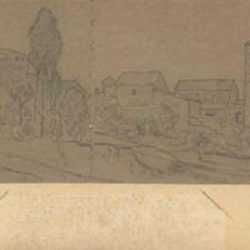
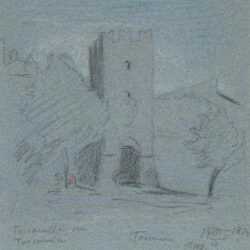
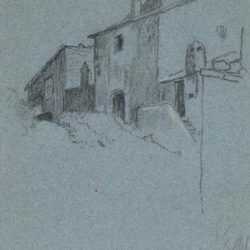
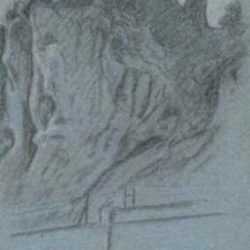
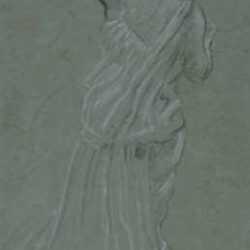
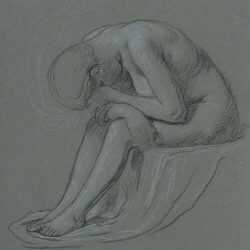
![Watercolor by Florence Robinson: [Garden Path], represented by Childs Gallery](https://childsgallery.com/wp-content/uploads/florence_robinson__garden_path__16-06-50_childs_gallery-768x562.jpg)